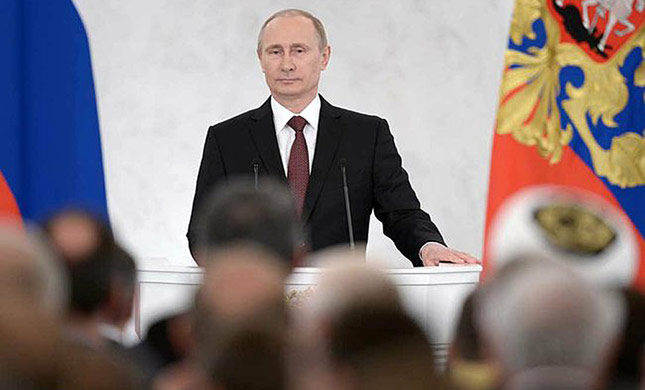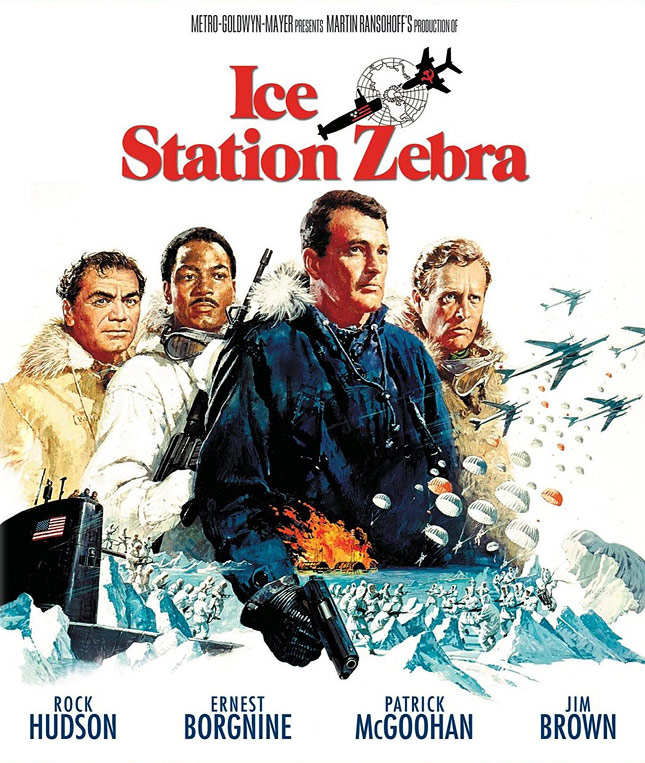Brothers in Treachery
Gaining the edge in the Cold War submarine contest stretched from the deep oceans, in which the boats of both sides jousted with each other, to espionage ashore. Several traitors to the West over the decades spied for the Soviets but nothing was more shocking than the betrayal effected by the Walker-Whitworth spy ring in the USA. Their deeds gave the Russians an advantage at sea they would never have otherwise possessed. The recent deaths in prison of two key players in the spy ring makes it worth looking at the scale of treachery they were involved in, especially as the espionage game is still being pursued by the Russians as a means to gain advantage in submarine operations
 Two brothers at the heart of arguably the greatest ever betrayal of their nation’s defence secrets, died in prison within weeks of each other during the summer of 2014.
Two brothers at the heart of arguably the greatest ever betrayal of their nation’s defence secrets, died in prison within weeks of each other during the summer of 2014.
Retired US Navy Lieutenant Commander Arthur J. Walker was part of a spy ring led by retired Chief Warrant Officer submariner turned private investigator John Walker that was busted in the mid-1980s.
American naval traitor John Walker. Photo: FBI
Arthur died at the age of 79 on July 7 at a prison in Butner, North Carolina, the suspected cause being kidney failure. John Walker died on August 28, aged 77, at the same location. No cause of death was disclosed though one US-based newspaper reported John Walker had contracted throat cancer. The Walker brothers were to have been released from prison in May 2015.
Recruiting John’s son, Michael, a sailor serving in surface fleet aircraft carriers, and a fellow senior rating named Jerry Whitworth, the Walker-Whitworth spy ring sold very important information to the Soviet Union.
As explained in my book ‘Hunter Killers’, which has just been published in paperback, it was reckoned the secrets passed to the Russians could well have given their navy a winning edge in any hot war with NATO. Some experts believe that even today the Russians are benefiting via advanced technology in their submarine fleet.

One of the Soviet Union’s so-called ‘Walker Class’, a Victor III nuclear-powered attack submarine. Photo: US DoD.
During the 1960s John Walker served in the ballistic missile boats (SSBNs) USS Andrew Jackson and USS Simon Bolivar. In October 1967, while he was assigned to the Atlantic Fleet Submarine Force headquarters, John Walker visited the Russian Embassy in Washington D.C. to offer photocopied documents as evidence of his willingness to spy for the Soviet Union. Walker retired from the Navy in 1975 but then suborned Whitworth and members of his family into feeding him secrets to pass on to the Soviets.

USS Andrew Jackson, one of the US Navy ballistic missile submarines John Walker served in during his naval career. Photo: US DoD.
It was a woman who figured large in Walker’s downfall, his ex-wife Barbara, who had accompanied him on a few secret drop-offs but did not actively participate in the acts of spying. Barbara contacted the authorities and was visited by an FBI agent in late 1984. Her claims were treated with suspicion because it was suspected she was acting out of pure animosity towards her former husband.
However, the FBI agent’s file did not lie ignored in a filing cabinet for long, as one of his supervisors decided it warranted further examination. A surveillance operation, including telephone taps, was ordered. Interrogated aboard the USS Nimitz, Michael confessed to his crimes and by May 1985 not only was John Walker under arrest – with plenty of incriminating documents found at a dead-letter drop and in his home – but so, too, were his brother and also Whitworth.
John Walker received two life sentences (running concurrently) in the spring of 1986. Whitworth was sentenced to 365 years in prison and fined US $410,000, while Arthur was fined $250,000 and given a life sentence, eligible for parole the same year as his brother. Michael Walker was sentenced to 25 years in prison.
The scope of betrayal that had taken place over the course of 18 years was breath-taking. What the Walker-Whitworth spy ring had given away enabled the Russians to make an astonishing technology leap, not only for their Akula and Sierra classes of nuclear-powered attack submarines (SSNs) but in the earlier Victor III (dubbed unofficially by the US Navy as ‘the Walker Class’).
From the late 1960s, John Walker also passed to the Soviets information that gave them insights into NATO submarine operations, signals codes, the seabed Sound Surveillance System (SOSUS) and US plans in the event of war. When it came to SOSUS, reports containing key information on the movements of friendly submarines were thought to have been intercepted by the Russians and decoded thanks to the Walker-Whitworth spy ring.
It has been claimed this enabled the Soviets to send Victor Class SSNs to certain chokepoints, such as the Strait of Gibraltar, in an attempt to detect American SSBNs. Walker’s spying let the Russians know how noisy their own submarines were, enabling them to achieve higher levels of stealth. A Russian admiral would later claim some Victor Class SSNs were able to slip undetected past SOSUS or NATO submarines and this was partially made possible by the Walker espionage product.
The information Walker provided enabled the Russians to finally appreciate the worth of quieting measures – and that civilian technologies could be adapted to serve the purpose of submarine stealth. They obtained machinery and computers from Japanese and Norwegian firms to better mill submarine screw edges, so ensuring there was less cavitation. The KGB worked hard to secure the equipment despite Western export embargos (by pretending it was for civilian use). The Soviets also introduced better shock mountings for submarine machinery rafts to absorb the vibration and, again, increase stealth.
Former British SSN captain Doug Littlejohns got to see the deep impact of the Walker-Whitworth betrayal when he visited the USA to meet American colleagues in the Pentagon. “They went from ‘We’re Americans, we love our country’ to ‘Holy cow, we have our traitors, too.’ The entire American people were in disbelief. It was incredible … suddenly they were finding all these spies in their own ranks.” Littlejohns thought it explained quite a bit: “In the late 1970s and early 1980s it was a lot easier to gain the advantage over Soviet submarines than it was in the late 1980s, by which time they were harvesting the benefit of the spying. They always had good weapons but their platforms had been basic, agricultural. They were progressing but were battling up a steep curve. Suddenly they made a giant leap forward, gaining about 10-15 years.
The Akula was a stealth submarine on a par with the US Navy’s early Los Angeles Class boats, though not the later ones. It equalled the new Trafalgar Class SSN the UK was introducing into service in the early 1980s.
The Federal Bureau of Investigation’s own verdict on the impact of the Walker-Whitworth spy ring’s activities was as follows: ‘The information passed by Walker and his confederates would have been devastating to the US had the nation gone to war with the Soviets.’
With John and Arthur Walker expiring in prison, only two members of the spy ring remain. Michael Walker was released from prison in 2000 while Jerry Whitworth remains incarcerated. The Russians, meanwhile, have continued with their efforts to steal submarine secrets from NATO.
Headlines were made last year (2013) when Canadian naval officer Jeffrey Delisle was sentenced to 20 years in prison for selling information to a foreign government. While the Canadian administration declined to identify the government in question four Russian diplomats had some time earlier allegedly been expelled from Canada though Moscow denied this was the case.
Article partly based on material from the true-life Cold War epic ‘Hunter Killers’ by Iain Ballantyne, which tells the story of British submarines and submariners during their confrontation with the Soviet Union. It has just been published as a paperback (Orion Books, £9.99). For more information visit Orion Books or try Amazon .
This article is also published in the November 2014 edition of WARSHIPS International Fleet Review magazine. www.warshipsifr.com







